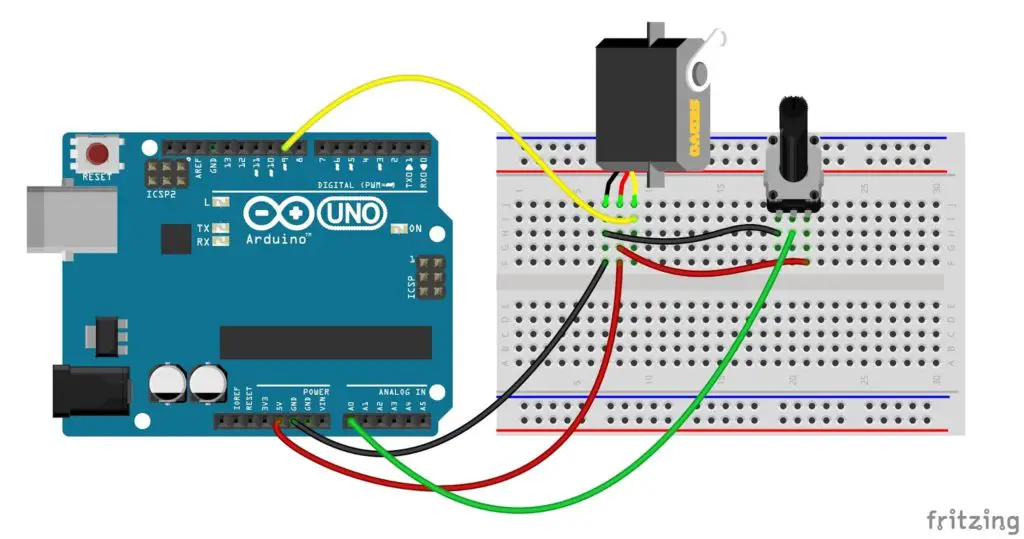

#Controlar servo motor arduino portable
To do any useful task with portable robotics you need a battery pack similar to what is used in model airplane or RC cars. You can skip this step if your servo is way powerful to begin with (recommended above) Expect ultra heavy load to be around 3 amps at 6v, light load 1 amp at 6v You almost have to make the arm, attach the servo, load the arm then measure it. borrow a variable power supply with an amp meter built in to get how many amps the servo needs under load. direction, start, end positions, power requirements need to be known for all the servos. you will need the microsecond range (or degree) that each servo needs to travel to accomplish its task. They are bulky but being able to lift a 6-pack of tasty beverages is way more useful. I recommenced using an ultra high torque servo. you say you have your servos, but most servos are useless for holding a can of coke because the the scale of the forces involved with the task is way out of range.

can the signal to move the servo be either translated from digital into a range of values or is the signal a 0-x volt range (where a resistor can scale the voltage of the signal down to an easy to interpret 0-5 volt range.is there noise on the signal where values below a certain value should be ignored?.is the signal magnitude or on/off or multiple on/off? Do you want to signal it to start, and signal again to stop moving?.Understanding the signal coming from your sensors. The sweep example for arduino is best to start as it shows how something like a pot can control the position of the servo even though they are two different creatures. Throw all the large cheap scavenged parts into a back pack or something with power and control wires to the arm until you can engineer it down to be just an arm. Do a simple thing with small cheap servos then build it more powerful and elegant latter.

Starting a robotics project it is best to start small and work your way into something that is larger.


 0 kommentar(er)
0 kommentar(er)
